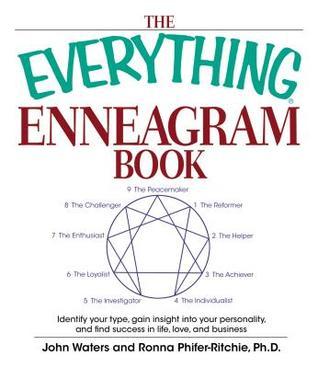
The Color Code: A New Way to See Yourself, Your Relationships, and Life
Book Description
Unlock the vibrant spectrum of human connection with 'The Color Code,' where personalities burst forth in vivid shades, illuminating the intricate dance of relationships. Taylor Hartman reveals a groundbreaking framework that transforms self-awareness and empathy into powerful tools for personal growth. Dive into a world where understanding yourself and others becomes a thrilling adventure, filled with insights that can reshape perspectives and enrich lives. Each color reveals unique strengths and challenges, creating a roadmap to deeper connections. Are you ready to answer the call of your true colors and redefine your relationships?
Quick Book Summary
"The Color Code" by Taylor Hartman offers a revolutionary framework for understanding personality by categorizing people into four color types: Red, Blue, White, and Yellow. Hartman's system proposes that every individual possesses a driving core motive, such as power, intimacy, peace, or fun, which shapes behaviors and relationship dynamics. By identifying one's color, readers gain greater self-awareness, enabling them to recognize personal strengths and limitations. The model also offers practical strategies for improving communication and empathy, both in personal and professional relationships. Ultimately, "The Color Code" empowers readers to build deeper connections by embracing personality differences, overcoming obstacles rooted in misunderstanding, and fostering growth in themselves and those around them.
Summary of Key Ideas
Table of Contents
Understanding Core Motives and Personality Colors
Taylor Hartman introduces a distinctive personality model based on four colors, each representing a unique core motive: Red (power), Blue (intimacy), White (peace), and Yellow (fun). By outlining the driving forces behind people's behaviors, Hartman shifts the focus from observable actions to underlying motivations. This foundational understanding is key to navigating interpersonal dynamics and personal challenges. The author provides insightful descriptions of each color's traits and tendencies, giving readers a vivid map for interpreting their own and others' behaviors.
Building Self-Awareness Through Color Identification
With the framework of color personalities established, Hartman emphasizes the value of self-awareness. Readers are guided through introspective exercises and diagnostic quizzes to identify their primary color. Gaining clarity on one's own core motive enables individuals to harness their natural strengths—such as a Red’s determination or a Blue’s empathy—while acknowledging areas that may require growth. This honest self-evaluation is depicted as the cornerstone of meaningful transformation.
Enhancing Relationships with Empathy and Communication
Relationships are at the core of "The Color Code." Hartman offers actionable advice for enhancing connection and communication based on understanding different personality colors. He illustrates common pitfalls and misunderstandings that stem from mismatched motives, and outlines strategies to build trust and resolve conflict. By learning to appreciate and empathize with other colors, readers can nurture healthier, more respectful relationships in family, friendships, and workplaces.
Leveraging Personality Strengths and Managing Weaknesses
The book also stresses the practical implications of leveraging personality strengths and managing weaknesses. Hartman delves into how each color can maximize their positive attributes while working through habitual limitations—such as a Red’s tendency toward control or a White’s avoidance of confrontation. He advocates for personal accountability and growth as integral components in aligning strengths with goals and relationships.
Applying the Color Code in Diverse Life Settings
Finally, Hartman extends the Color Code framework into various aspects of life, from parenting and business to communities and social circles. He provides tailored advice for leaders, parents, and teams in applying color insights for stronger cooperation and achievement. Throughout, the model is positioned as a lifelong tool for continuing self-discovery, adaptability, and relationship enrichment, encouraging readers to embrace their true colors and those of the people around them.
Download This Summary
Get a free PDF of this summary instantly — no email required.





